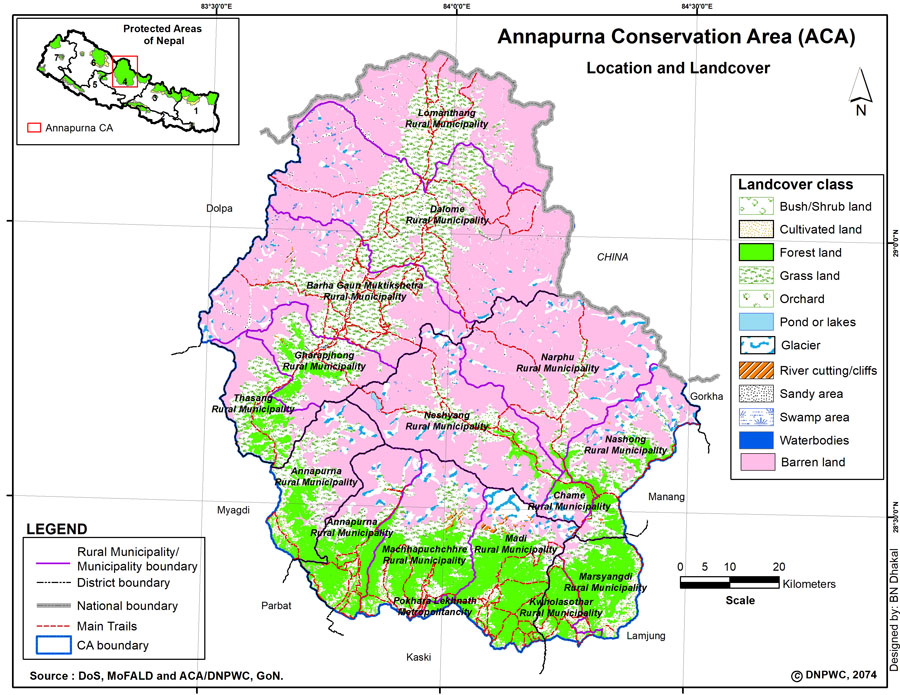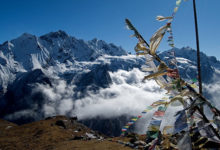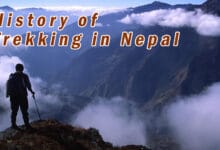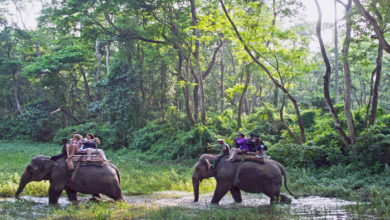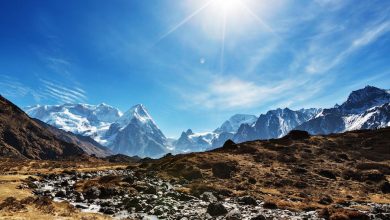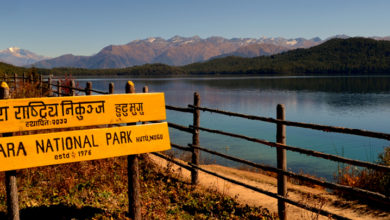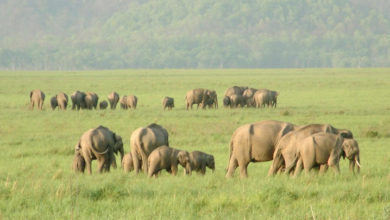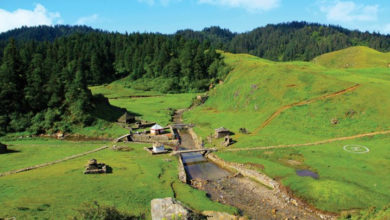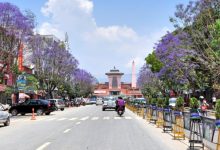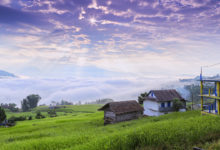Annapurna Conservation Area
Annapurna Conservation Area is Nepal's largest protected area covering 7,629 km² in the Annapurna range of the Himalayas. It ranges in elevation from 790 m to the peak of Annapurna I at 8,091 m.
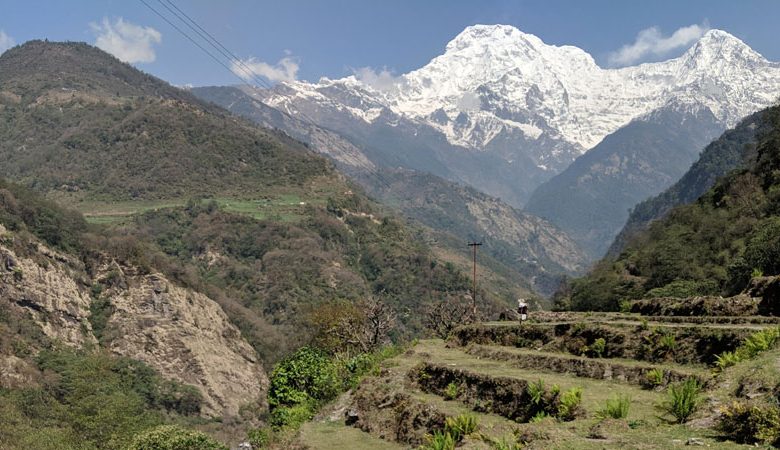
The Annapurna Conservation Area (ACA), established in 1992, spans 7,629 square kilometers (2,946 sq. mi), making it Nepal’s largest conservation area by boundary. It encompasses parts of the Manang, Mustang, Kaski, Myagdi, and Lamjung districts. The area’s altitude ranges from 790 meters (2,590 ft.) to the majestic peak of Annapurna I at 8,091 meters (26,535 ft.).
Annapurna is a premier trekking destination in Nepal, attracting over 40,000 tourists annually. Quaint Gurung villages like Ghandruk and Lwang offer stunning scenic splendor and a glimpse into local culture. The National Trust for Nature Conservation (NTNC), a leading non-profit and non-governmental environmental organization in Nepal, initiated the Annapurna Conservation Area Project (ACAP) in 1986.
ACAP’s philosophy is rooted in grassroots involvement, integrating local people into all aspects of conservation and development. The project aims to improve the socio-economic conditions of the local population by fostering their participatory involvement in natural resource management and community development activities.
Brief History:
ACAP was first implemented as a pilot project by NTNC in Ghandruk in 1986, covering one Village Development Committee (VDC) with an area of 200 km². By 1990, its work expanded to 16 VDCs, encompassing 1,500 km². The entire area, comprising 55 VDCs and its current size, was officially gazetted in 1992.
Objectives:
- To conserve the natural resources of the ACA for the benefit of present and future generations.
- To foster sustainable social and economic development for the local communities.
- To promote tourism in a manner that minimizes negative environmental impact.
Annapurna Conservation Area Location
Located in the northwestern part of Nepal, nestled in the lap of Mt. Annapurna, the Annapurna Conservation Area stretches across five districts: Kaski, Lamjung, Myagdi, Mustang, and Manang. This region boasts some of the Earth’s highest peaks and is home to the world’s deepest gorge, the Kali Gandaki gorge.
Flora and Fauna of Annapurna Conservation
The ACA is remarkably rich in biodiversity. It harbors 1,352 species of plants, 128 species of wild mammals, 518 species of birds, 40 species of reptiles, 23 species of amphibians, and 348 species of butterflies.
Wildlife and Vegetation
The Annapurna Conservation Area provides a vital habitat for approximately 101 species of mammals, including endangered species such as the snow leopard, musk deer, Tibetan argali, and Tibetan wolf. Notably, it is the only area in Nepal where all six Himalayan pheasant species can be found.
How to Get Annapurna Conservation
The Annapurna Conservation Area is easily accessible from Pokhara.
- Western Approach: A three-hour bus ride to Beni allows trekkers to start their journey into the area.
- Eastern Approach (Annapurna Circuit): A one-hour bus ride to Besi Sahar is the starting point for the Annapurna Circuit trek.
- Annapurna Base Camp / Jomsom: A one-hour bus ride to Naya Pul (Birethanti) leads to the Annapurna Base Camp trek. Alternatively, one can fly to Jomsom from Pokhara and trek downwards.
Tourism Activities in Annapurna Conservation Area
The Annapurna Conservation Area (ACA) is primarily renowned for trekking, a highly popular adventure activity among tourists. Beyond trekking, the area offers various other adventure pursuits, including mountaineering, heli-tours, and pilgrimage trips.
Annapurna Conservation Permits & Regulations
Trekkers visiting the Annapurna region are required to purchase an Annapurna Conservation Area Permit (ACAP), which costs $30 USD. These permits can be obtained at the Nepal Tourism Board office in Kathmandu or the Pokhara tourist office before commencing the trek.
Annapurna Conservation Area Map
Map of Annapurna Conservation Area showing the locations of tourist (TV) and distant (DV) villages from publication.
